

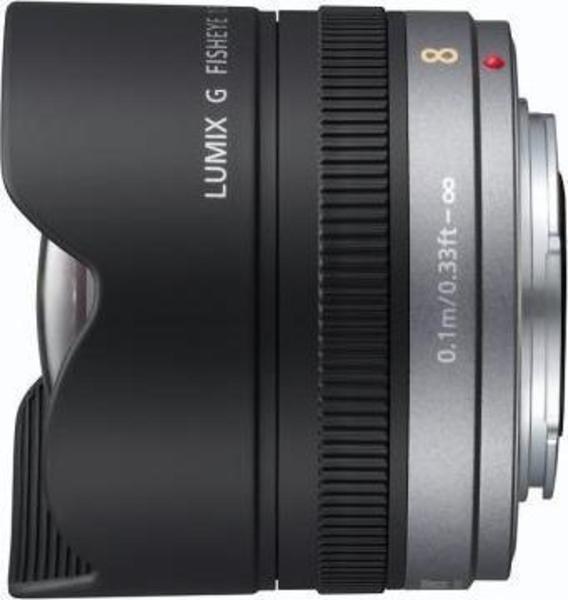





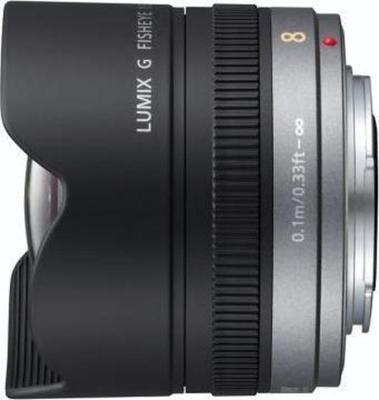

| Lens type |
|
|---|---|
| Lens mount | Micro Four Thirds |
| Aperture max | 3.5 |
|---|---|
| Aperture min | 22 |
| Aperture ring | no |
| Number of diaphragm blades | 7 |
| Aperture features | Rounded diaphragm |
| Construction | Fixed |
|---|---|
| Elements | 10 |
| Groups | 9 |
| Special elements / coatings | 1 ED element |
| Weight | 5.82 oz |
|---|---|
| Diameter | 2.4 in |
| Length | 2.05 in |
| Filter size | 0.87 in |
| Max Format size | Four Thirds |
|---|---|
| Focal length | < 8 |
| Maximum magnification | 0.2 x |
| Image stabilisation | no |
| Focus method | Internal |
|---|---|
| Autofocus | yes |
| Autofocus motor type | Micromotor |
| Full-time Manual focusing | yes |
| Closest focusing distance | 0.10 |
| Distance scale | no |
| Depth of field (DoF) scale | no |
| Colour of product | Black |
|---|---|
| Tripod collar | no |
| Hood supplied | yes |
| Filter thread | no |

A lens with a peripherally distorted, ultra-wide angle of view for Micro Four Thirds System cameras.People are often intrigued by anything that changes the way they view subjects, which accounts for some of the popularity of fisheye lenses. Panasonic's Lumix G Fisheye 8mm f/3.5 lens, which was announced in June, is the first (and, so far, only) fisheye lens for Micro Four Thirds System cameras. Offering a 180-degree diagonal field of view it provides a radically different perspective.
The Panasonic LUMIX G FISHEYE 8mm F3.5 is a fisheye lens for the Micro Four Thirds system of interchangeable lens cameras. Offering a diagonal angle of view of 180 degrees, the Panasonic 8mm lens certainly offers a unique perspective on the world. Read our Panasonic LUMIX G FISHEYE 8mm F3.5 review to find out if it's worth adding to your lens collection.
Find out what 2 readers thought of the Panasonic 8mm f/3.5 LUMIX G FISHEYE in our review.
The Panasonic Lumix G Fisheye 8mm F3.5 captures everything in front of your camera in a unique curved perspective, but it's a love-it or hate-it lens.
Given the limited applications for a fish-eye lens and the expensive list price, we can't help but wonder how many of these units Panasonic will sell. If you want to shoot real fish-eye and Micro Four Thirds is your system of choice, the 8mm is the best (but most expensive) option.
The Lumix G Fisheye 8mm F3.5 is the eighth lens Panasonic has released for Micro Four Thirds, and sees the company venturing away from mainstream optics towards something a little more exotic. Fisheyes are ultra-wideangle lenses which project images in a different way from conventionally-corrected rectilinear designs - straight lines are rendered as curves unless they pass directly through the center of the frame, with the curvature ever-increasing towards the edges. In essence, accepting this extreme barrel distortion makes it possible to design a lens with a much larger angle of view than is normally possible.
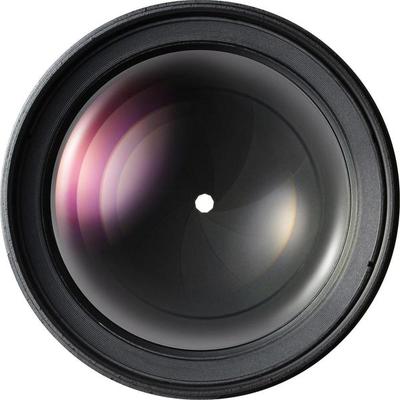 Samyang
Samyang135mm T2.2 VDSLR ED UMC
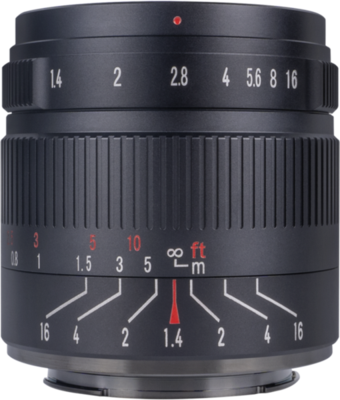 7Artisans
7Artisans55mm F1.4
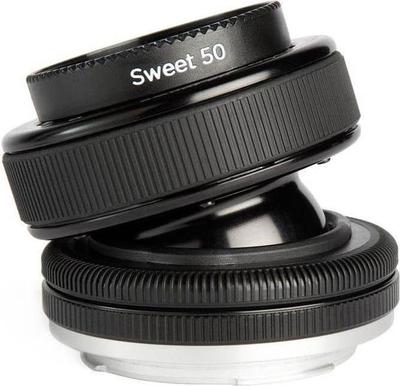 Lensbaby
LensbabyComposer Pro with Sweet 50 Optic
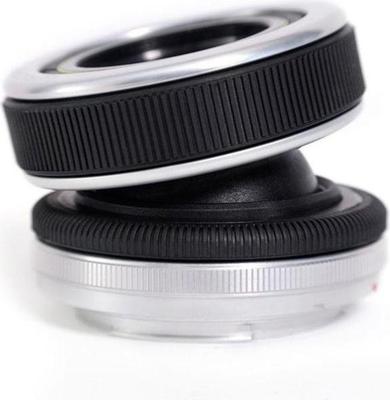 Lensbaby
LensbabyComposer Pro
 7Artisans
7Artisans7.5mm F2.8
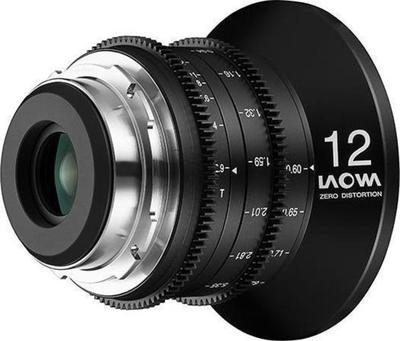 Laowa
Laowa12mm T2.9 Zero-D Cine
 Sigma 150mm F2.8 EX DG Macro HSM
Sigma 150mm F2.8 EX DG Macro HSM Samyang VDSLR 14mm T3.1 MK2
Samyang VDSLR 14mm T3.1 MK2 Lensbaby Control Freak
Lensbaby Control Freak Samyang 85mm F1.4 Aspherical IF
Samyang 85mm F1.4 Aspherical IF Lensbaby Composer Pro with Sweet 35 Optic
Lensbaby Composer Pro with Sweet 35 Optic Lensbaby Composer Pro II with Edge 50 Optic
Lensbaby Composer Pro II with Edge 50 Optic Samyang 24mm F1.4 ED AS IF UMC
Samyang 24mm F1.4 ED AS IF UMC Rokinon 135mm T2.2 Cine DS
Rokinon 135mm T2.2 Cine DS 7Artisans 35mm F5.6
7Artisans 35mm F5.6 7Artisans 50mm F1.8
7Artisans 50mm F1.8 SLR Magic 12mm T1.6 Hyperprime Cine
SLR Magic 12mm T1.6 Hyperprime Cine Canon EF Extender 1.4X III
Canon EF Extender 1.4X III





